Cargill, Staley family sponsor first LEED Habitat for Humanity home in Hopkins
Partnership exemplifies best of philanthropy in tough economic times (MINNEAPOLIS – Sept. 25, 2009) - Twin Cities Habitat for Humanity broke ground...
2 min read
Betsy Sandberg : 1:49 PM on December 5, 2011
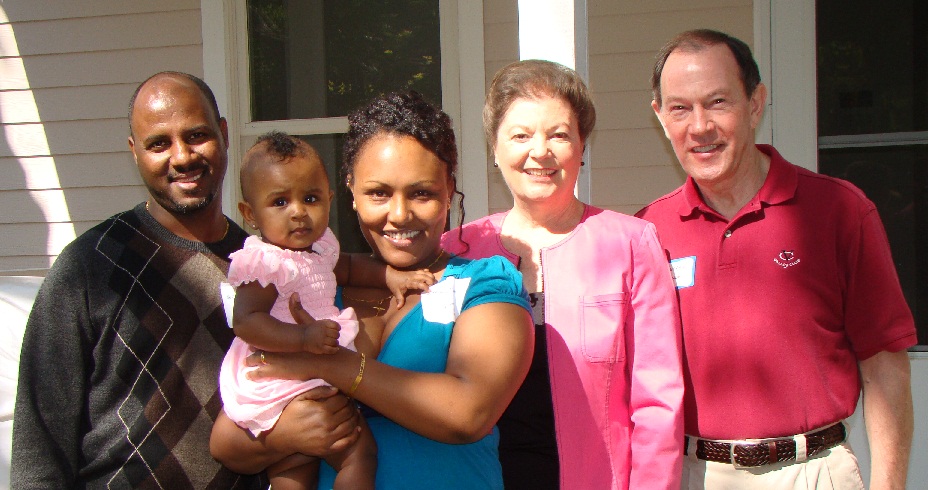
Twin Cities Habitat for Humanity’s started work on its second LEED (Leadership in Energy and Environmental Design) certified home in Hopkins in September 2010. The project was sponsored primarily by Cargill and throughout the build their volunteers also worked with those of Gethsemane Lutheran Church of Hopkins. The home was completed in May of 2011. Throughout construction extra steps were taken to incorporate green building and create a space that is energy efficient these efforts resulted in a LEED gold certification level.
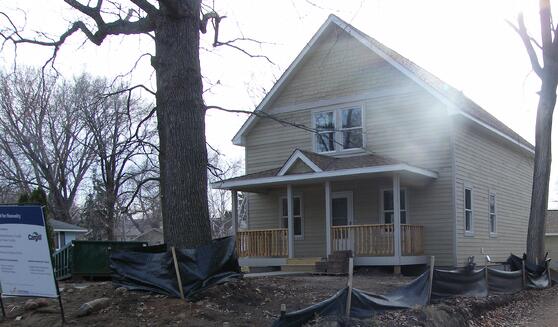
Being mindful of the use of natural resources is an important part of green building. Therefore, during construction advanced framing techniques were used to minimize the amount of wasted wood such as the use of finger jointed studs. These are shorter pieces of wood bonded together to create a longer stud, which in turn wastes less wood. Outdoors there is an on-site water retention system and inside the bathroom and kitchen sinks have water saving features to reduce water consumption. VAST Composite Pavers which are made from 95% recycled materials were used outdoors and all of the waste that went off site and was sorted and recycled.
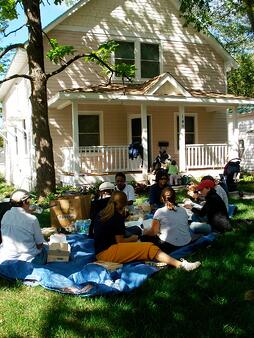
Also multiple construction strategies were used to reduce heating and cooling efforts of the home. One example is a rear vestibule that was created to act as an air lock when entering and exiting from the back door of the home. This reduces the heat loss and also blocks any blowing winds from entering the house. On the exterior of the house an air gap was built between the siding and exterior foam sheathing in order to allow any extra moisture from rains that forms behind the siding to dry. Other examples are the use of Insulated Concrete Forms (ICF’s) to create a warmer basement and spray foam insulation on the ceiling. With the extreme seasons of Minnesota these will be very helpful in making it less expensive to heat and cool the home.
In order to create a home that is more energy efficient, Energy Star appliances were used and compact fluorescent light bulbs were put in place. A high efficiency furnace was also installed with a variable speed motor which will add to indoor comfort and reduce energy use. The family will benefit from all of these features resulting in a home that is more environmentally friendly as well as sustainable and affordable.
During the home dedication, Warren (far right) and Mary Lynn (second from the right) Staley helped welcome the homebuyer family into their new home. Warren is the former CEO of Cargill. He and Mary Lynn are long-time supporters of Twin Cities Habitat for Humanity and Mary Lynn serves on the Board of Directors of Habitat for Humanity International.
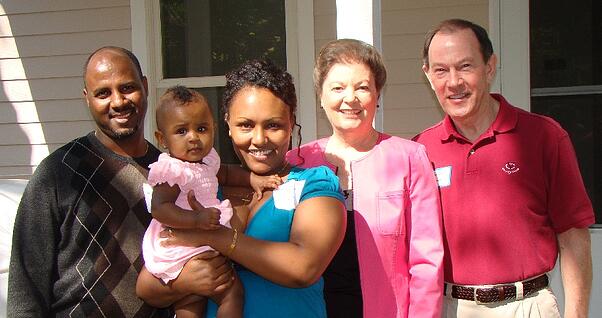
Your gift unlocks bright futures! Donate now to create, preserve, and promote affordable homeownership in the Twin Cities.
Partnership exemplifies best of philanthropy in tough economic times (MINNEAPOLIS – Sept. 25, 2009) - Twin Cities Habitat for Humanity broke ground...
MINNEAPOLIS, Minn. – Twin Cities Habitat for Humanity (TCHFH) is dedicating the first LEED (Leadership in Energy and Environmental Design) certified...
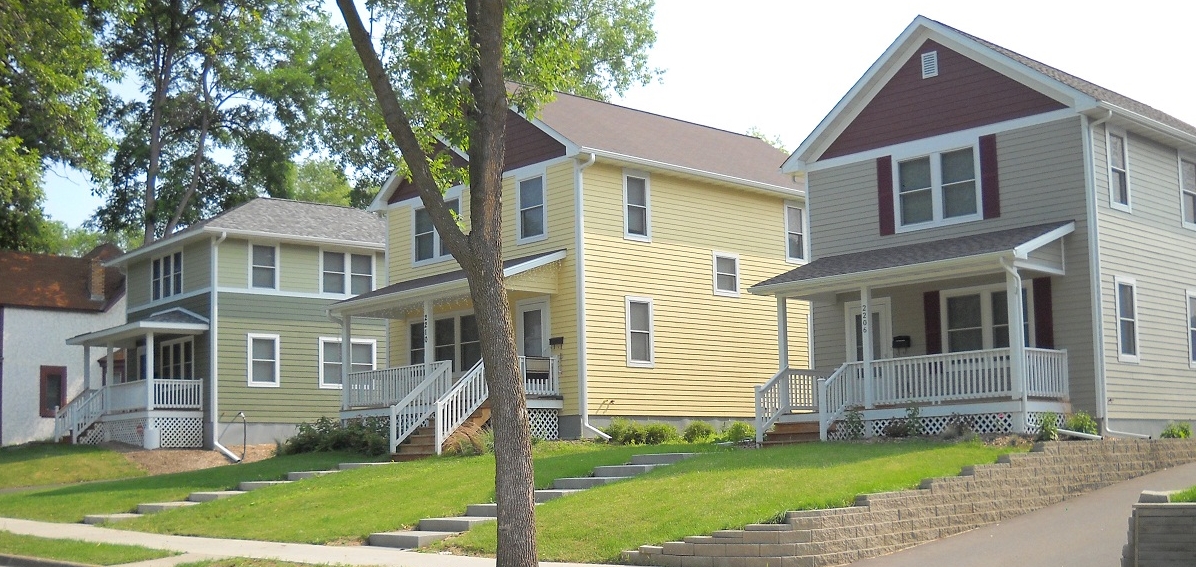
An affordable home must be an efficient home. Otherwise, a family ends up throwing away too much money keeping the lights on, the water running, and...